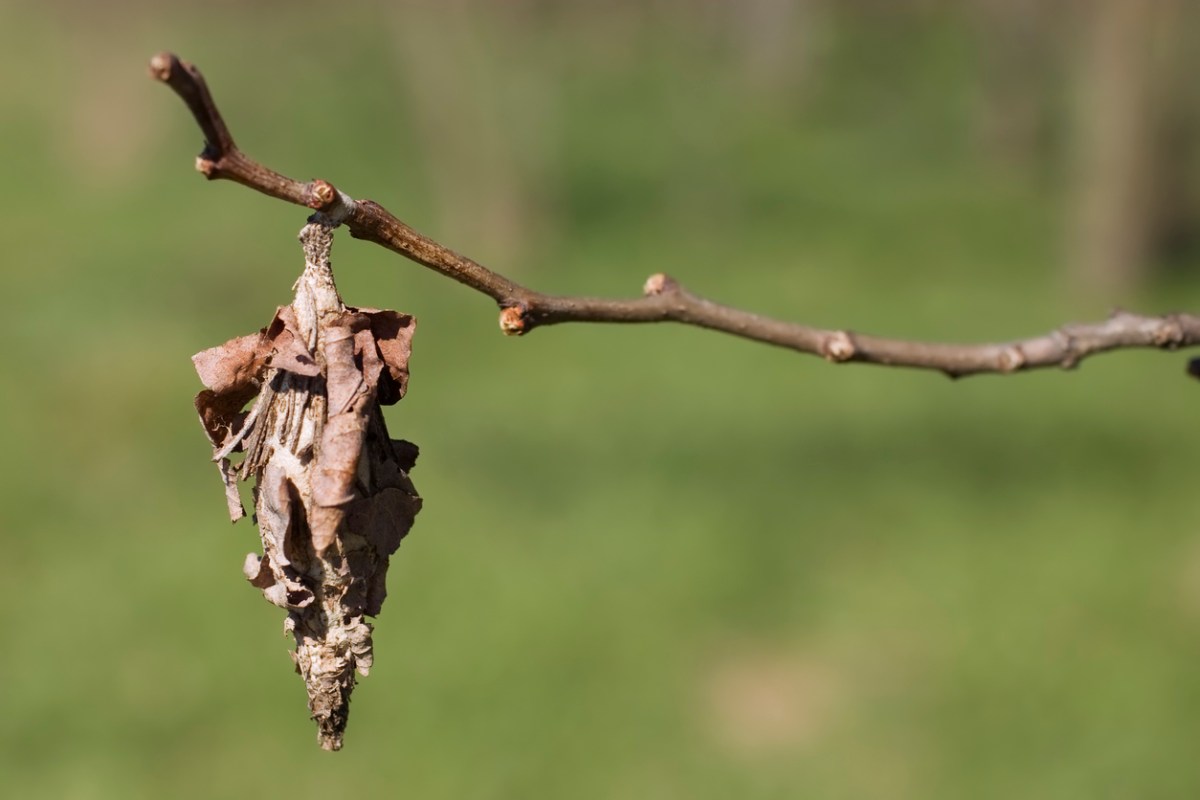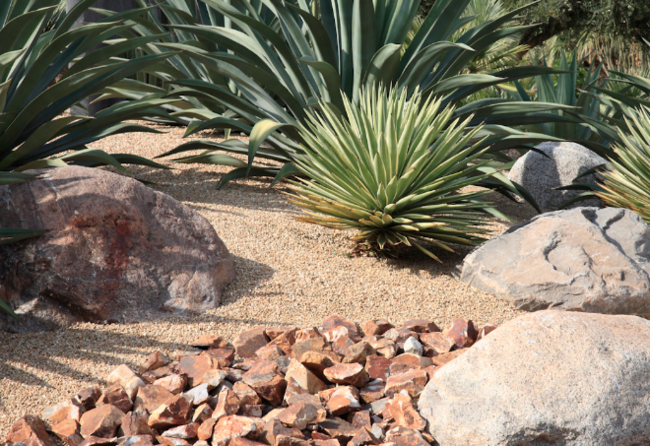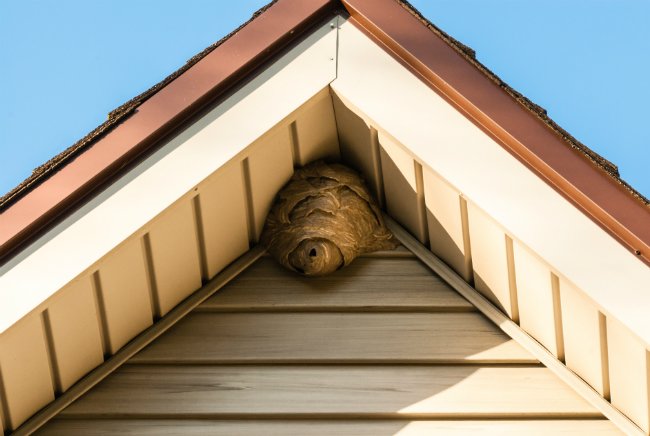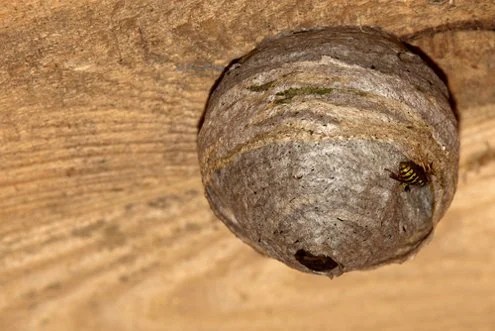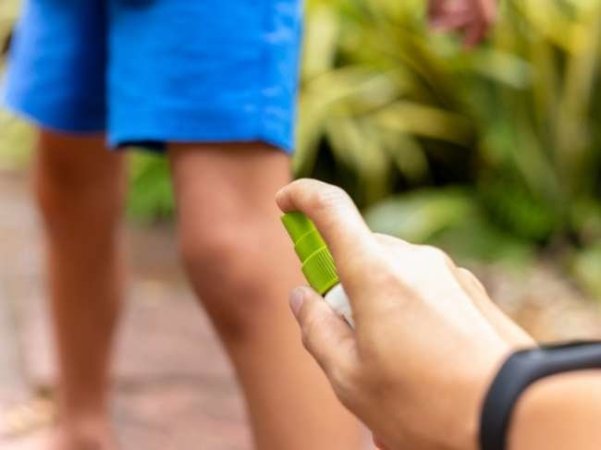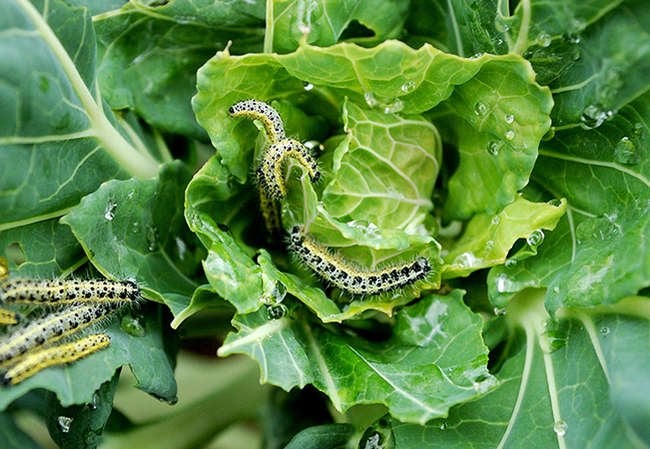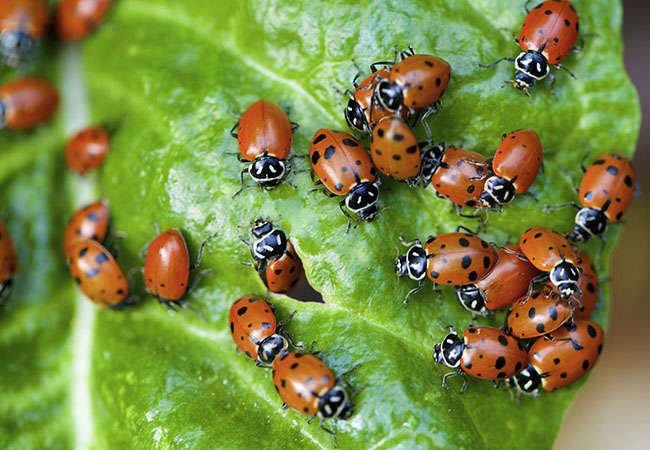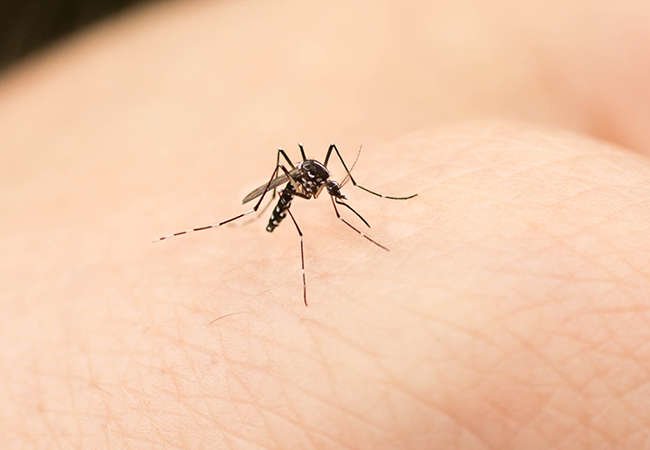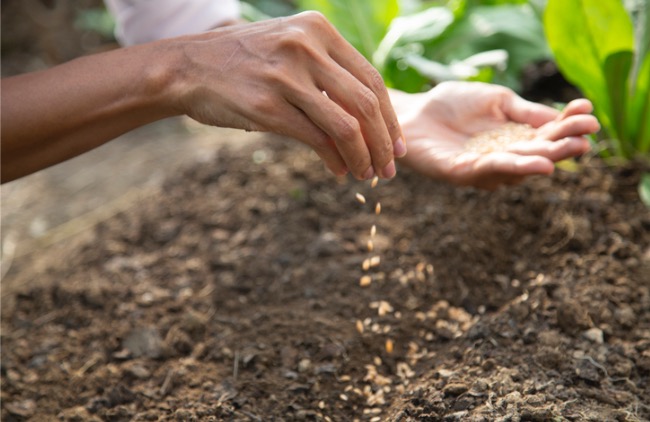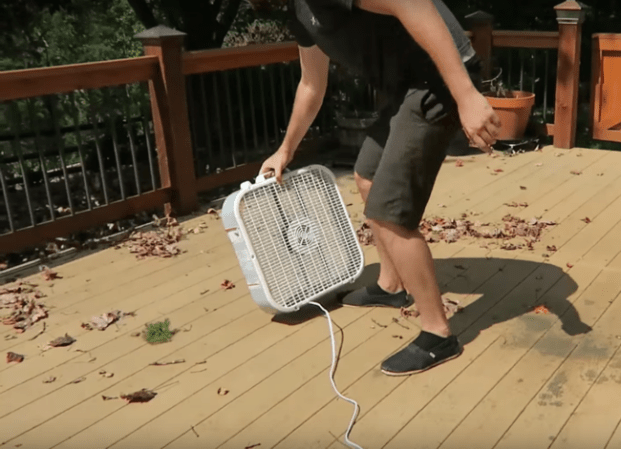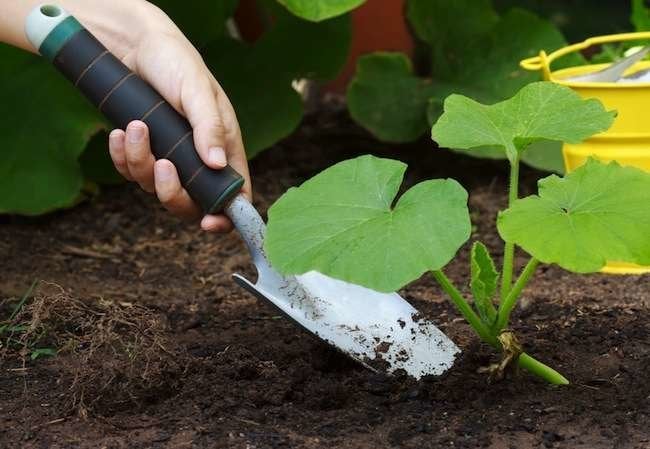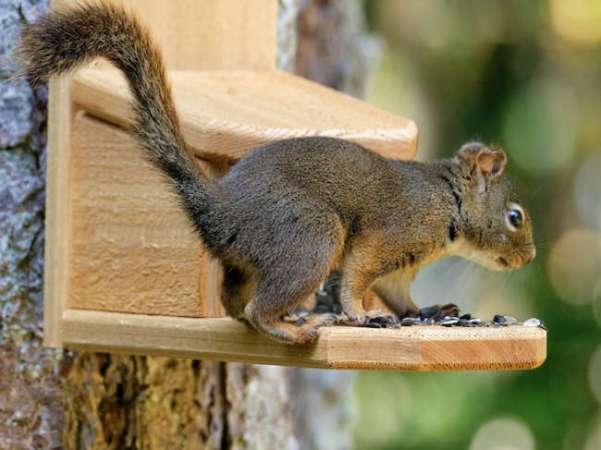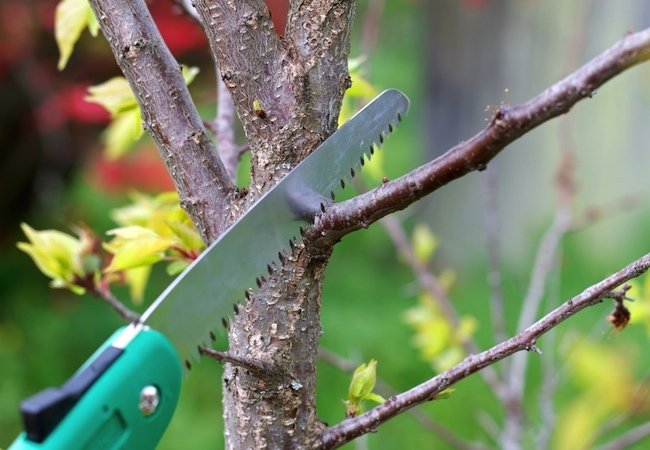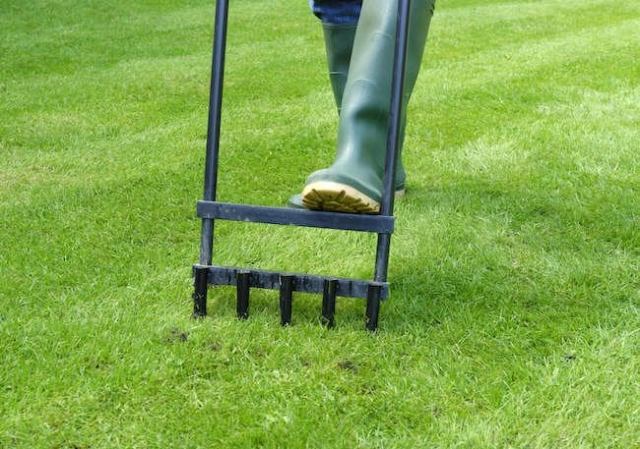We may earn revenue from the products available on this page and participate in affiliate programs. Learn More ›
Have you noticed an inexplicable yellowing or defoliation in your shrubs and trees? A close and careful look through the branches might reveal the culprit in clever camouflage: bagworms. Devastatingly destructive, bagworms efficiently defoliate trees and shrubs by both feeding on them and using plant foliage to build their protective “bags.” Pest control specialist Kyle Morgan of Care Pest Pros in Spicewood, Texas, puts it this way: “There’s just nothing good about them.”
Should you find yourself with a bad case of bagworms, follow this thorough guide to get rid of them.
What are bagworms?
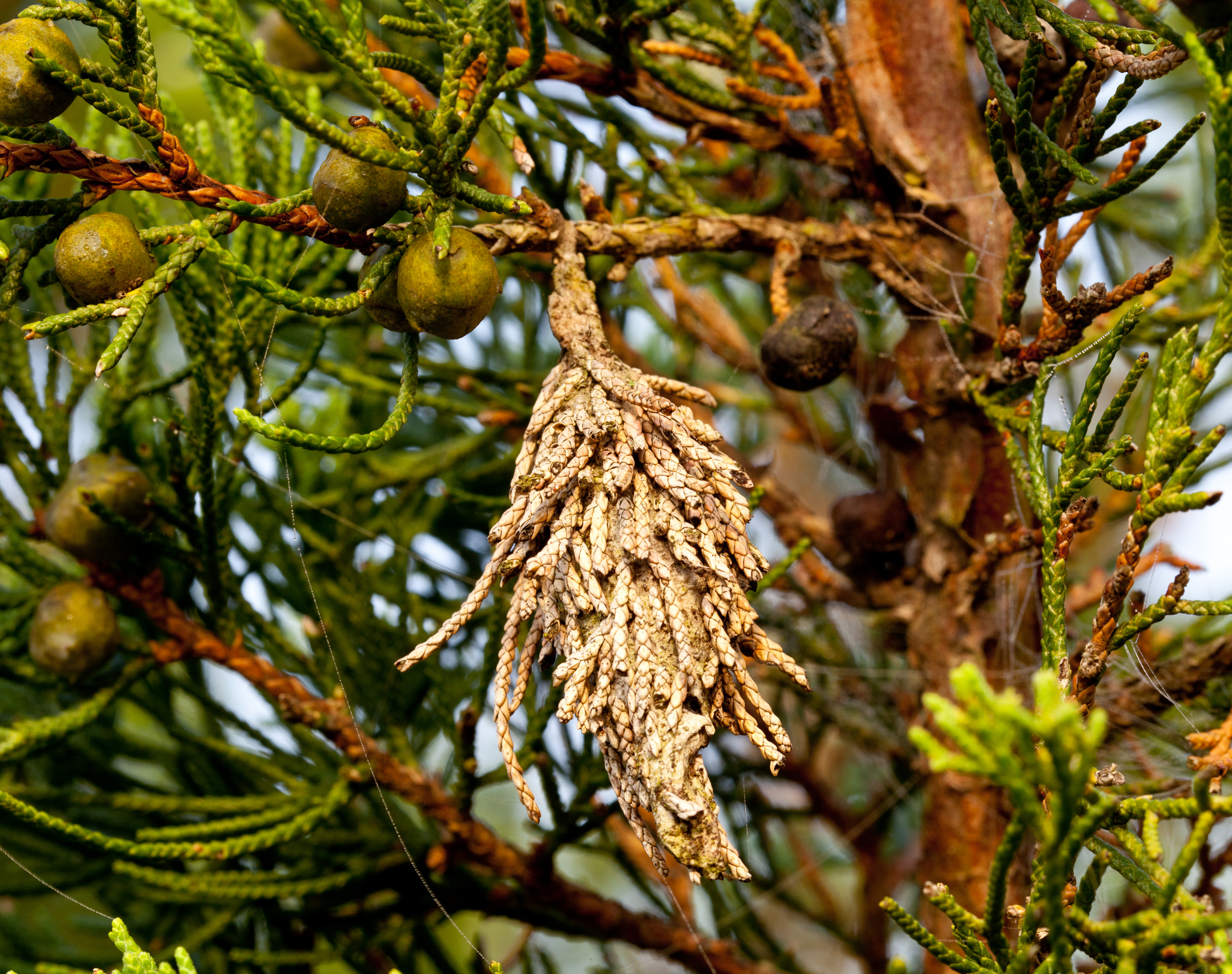
Bagworms are the larval or caterpillar stage of the bagworm moth. These larvae use plant foliage and silk from their bodies to form 1.5- to 2-inch-long, cocoon-like “bags,” and they carry their bags around with them as they voraciously forage on plant parts. These destructive insects attack many species of trees and bushes but are most often found on conifers like juniper, pine, arborvitae, cyprus, cedar, and spruce. The cases they form can be difficult to spot because they look like conifer cones.
Bagworms go through several larval stages, at the end of which the mature larvae stop eating, attach their bag to a host plant using silk from their body, and enter the pupal stage. Adult male moths emerge in the fall and fly off to find a female. Adult females never develop into moths, instead taking on a grub-like form. Females remain in their bag and release a pheromone to attract the males. After a male mates with a female (still in her bag), the female lays between 500 and 1,000 eggs. The female dies shortly thereafter, leaving her eggs to mature.
“These eggs overwinter within the protective bags and hatch in the spring, leading to the emergence of caterpillars that feed on foliage,” says Kyle Selbach, director of operations at All U Need Pest Control, which serves several counties in southwest Florida. The hatchlings spin bits of silk to catch the wind and fly off to infect new foliage, and the cycle continues.
Types of Bagworms
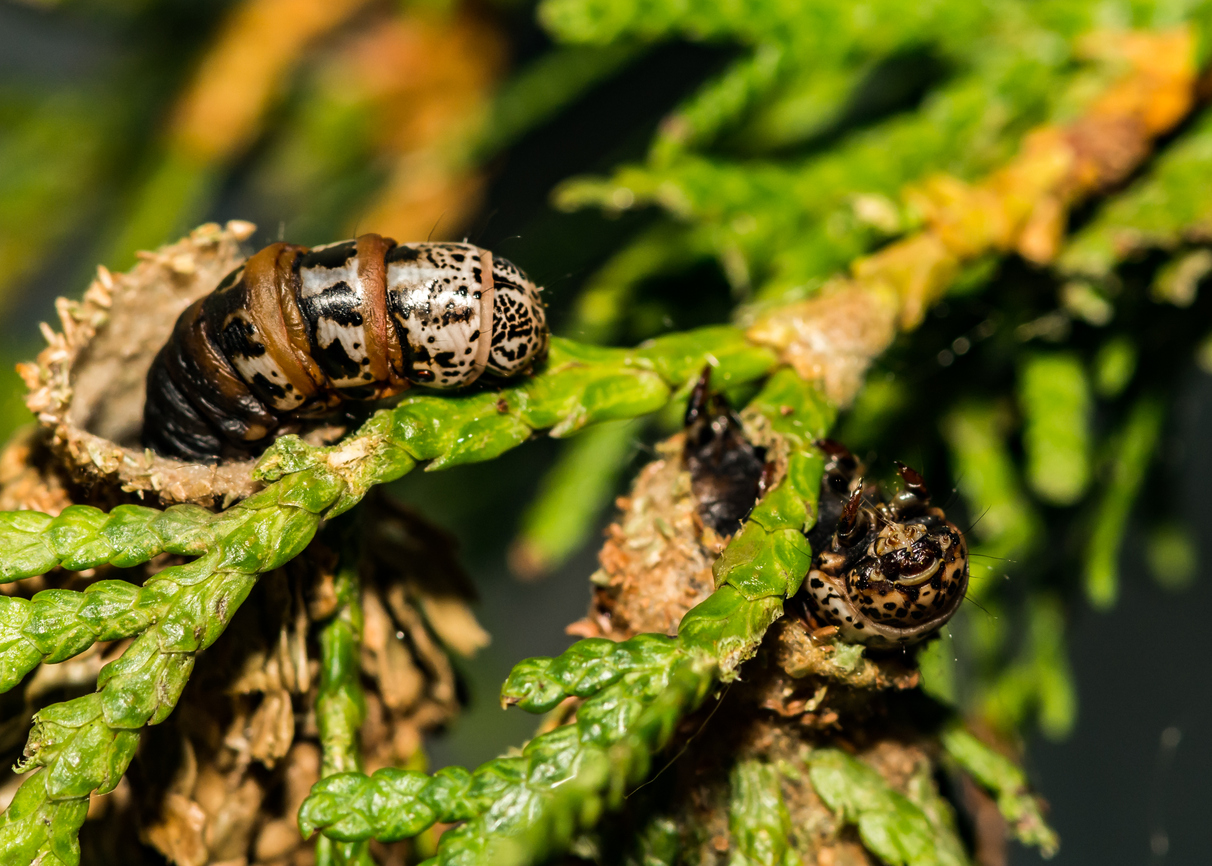
Worldwide, there are about 1,350 types of bagworms. In the United States, however, the most common species is the eastern bagworm (see photo, above), according to Selbach. Officially known as Thyridopteryx ephemeraeformis, it’s also called the common bagworm, evergreen bagworm, common basket worm, and North American bagworm.
Other bagworms found in the United States include:
- Astala edwardsi: Primarily found in Texas and Oklahoma
- Oiketicus abbotii: Mainly impacts live oak (Quercus virginiana) trees
- O. townsendi: Desert bagworm found in the southwest United States
- Apterona helix: Non-native species often called the “snailcase bagworm” because of its snail-shaped bag
Why do I have bagworms on my property?
Bagworms can feed on trees and shrubs from more than 50 different families. And while evergreen plants are most often the victims, deciduous trees—such as apple, birch, elm, locust, maple, oak, and willow—can also host bagworms. If you have any of these host trees on your property, you may find populations of bagworms.
If a nearby tree is infected, the hatchlings might “ride the wind on their silk strands across property lines and settle in your greenery,” Morgan says. “You can also inadvertently bring them in with landscaping plants,” he adds.
Some gardeners hope for a chilly winter to kill the bugs all snug in their bags, but Selbach cautions that mild winters can dash those plans.
3 Ways to Get Rid of Bagworms
1. By Hand
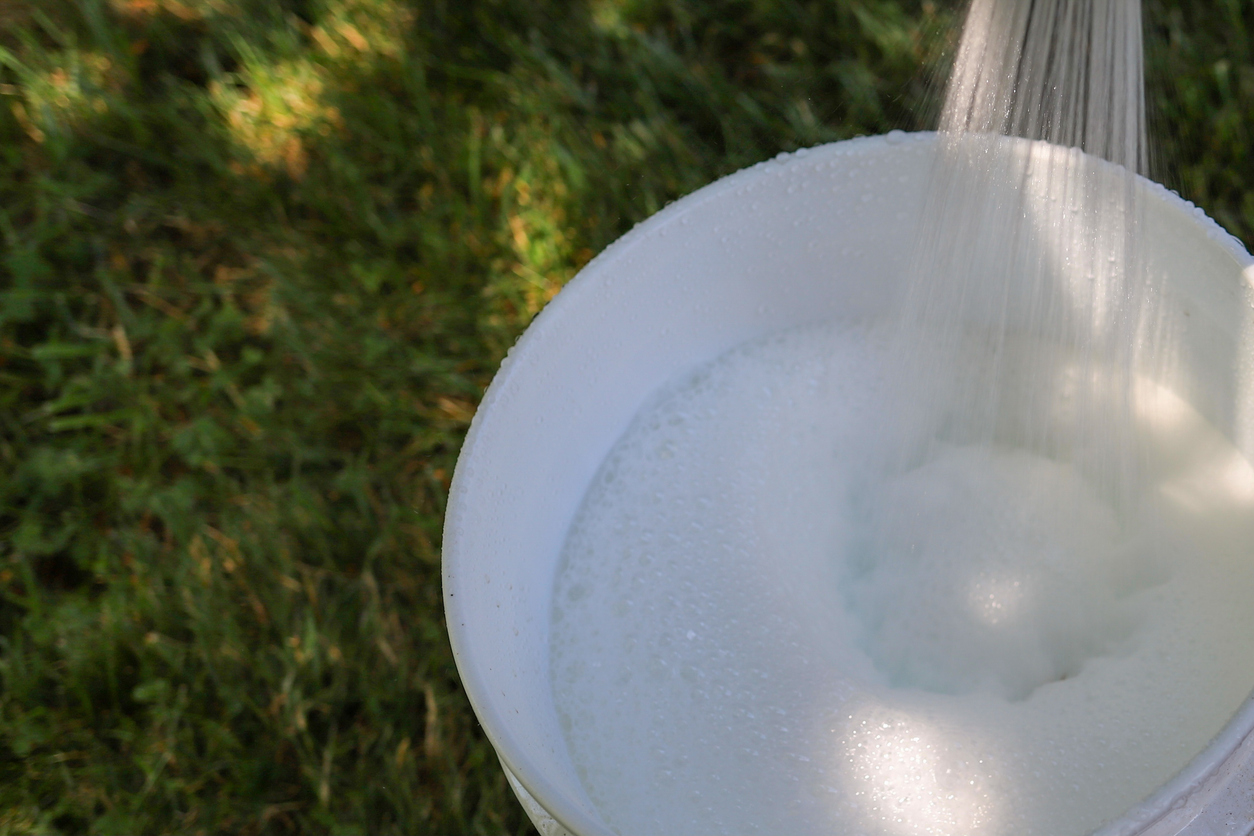
If you find just a few bagworm cocoons, you may have caught the infestation early enough that you can control the situation by picking the bags off the plants by hand. As you go, just “drop them into soapy water,” Morgan says.
This will work, however, only if the larvae haven’t yet left the bags to go out to feed. Hatching generally happens in late May to early June, so do your handpicking of bagworms from late fall to early spring.
2. Biological Control
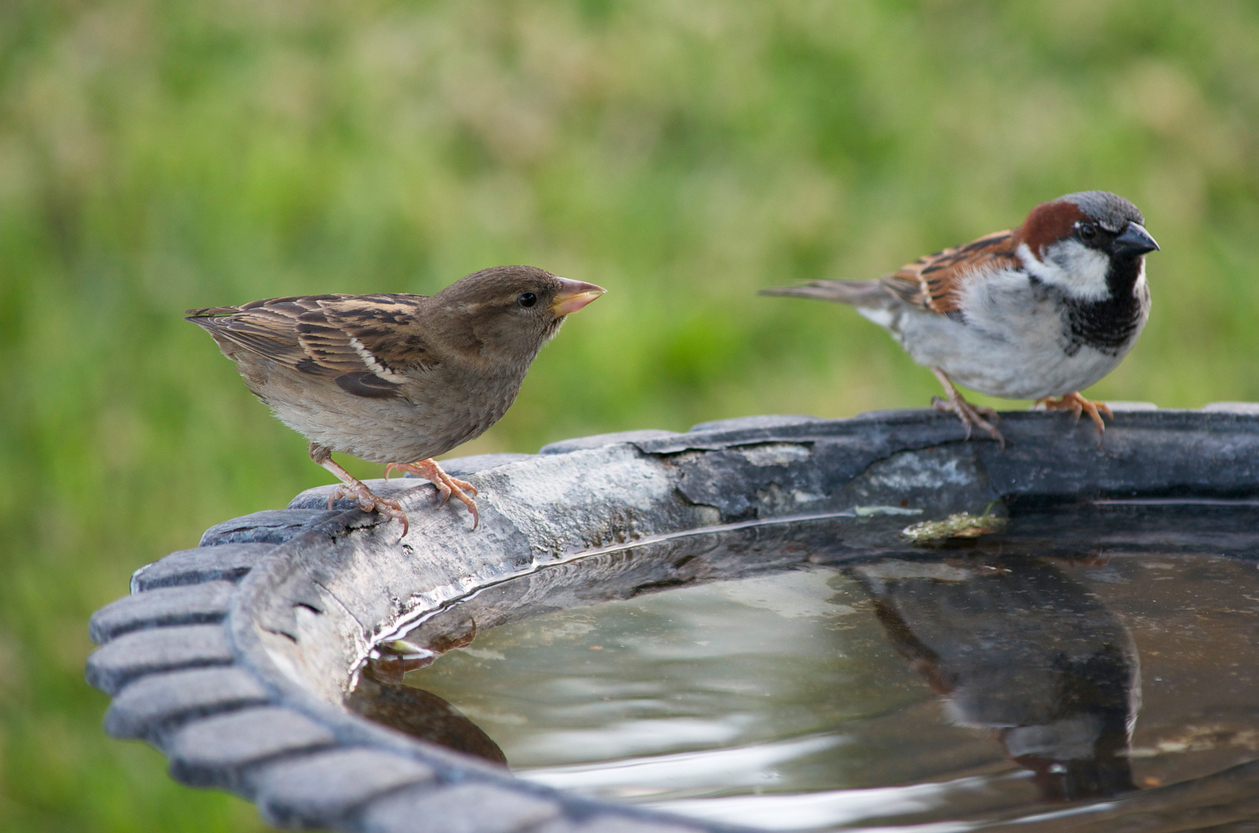
Sometimes it’s not feasible to handpick bagworms, particularly when you’re dealing with tall trees. But if you can harness the power of creatures that feed on bagworms, you may still be able to control your bagworm population.
- Bacteria: Bt, the bacteria Bacillus thuringiensis, is effective at controlling bagworms if it’s applied as soon as the eggs hatch in the spring. Don’t wait too long—this bacteria won’t be as effective when the larvae have grown large. Follow the application instructions on the product you buy, and apply it with a garden sprayer. Follow up and reapply every 7 to 10 days until the bagworms are gone.
- Birds: Sparrows are predators of bagworms, so you may be able to keep the bagworm population down by attracting sparrows to your yard. To make your property more appealing to the birds, provide water at ground level—perhaps a low bird bath—as well as thickets and trees for nesting. Sparrows also appreciate shelter to flit between, so brush piles and shrubbery can be assets, as can dusty areas for dust-bathing.
BobVila.com and our parent company, Recurrent Ventures, put conservation and sustainability at the forefront of much of what we do. Though the solutions offered in this content are all effective, not all of them are organic or sustainable. The staff of BobVila.com encourages readers to make informed choices about maintaining their home and property. We recommend starting with the least extreme solution, escalating only if necessary, and prioritizing solutions that will not have detrimental effects on the health and longevity of this planet and its inhabitants.
3. Chemical Insecticide
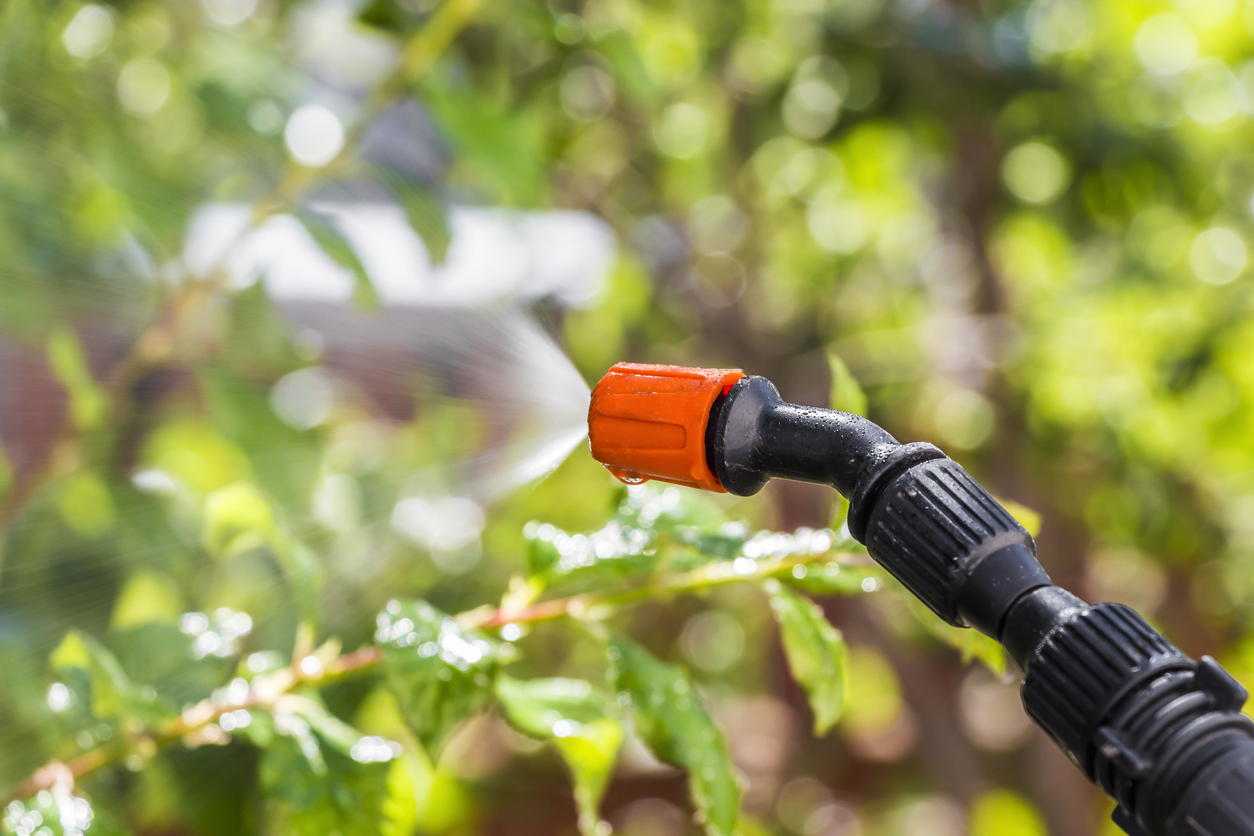
An insecticide with malathion, carbaryl, or pyrethroids (such as Ortho Tree & Shrub Insect Killer) can rid you of a bagworm problem if applied to bushes and trees when the worms are still young larvae. Aim to spray in late spring, just after the bagworms have hatched and begun to feed, and always follow the insecticide manufacturer’s instructions. After they’ve closed up their bags, “you can spray them all you want, but it will be ineffective,” Morgan says.
No matter where or what time of year you find bagworms, don’t wait to start formulating a plan to eradicate them. Left unchecked, they can completely defoliate and kill your yard’s trees, bushes, and hedges.

